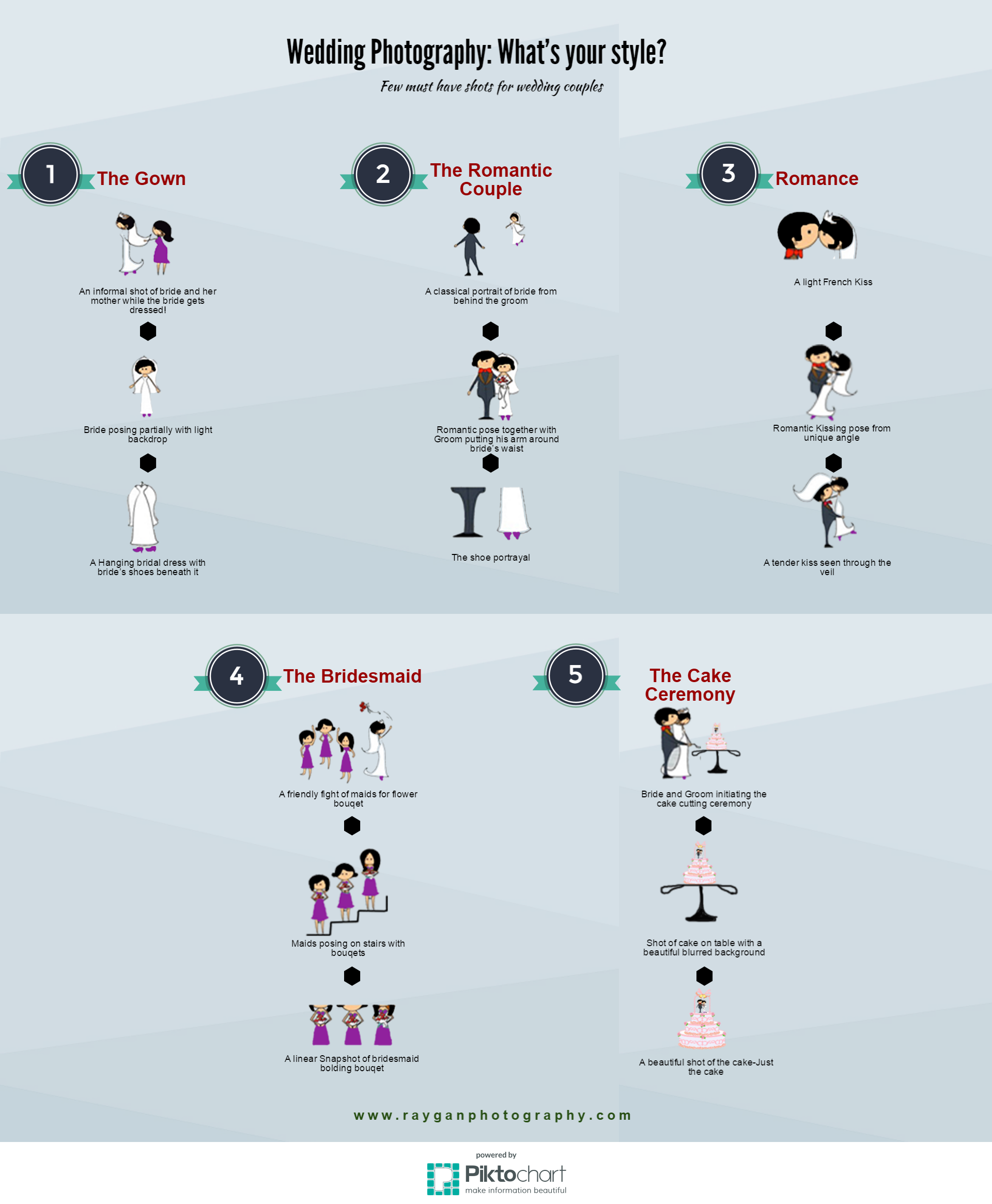Photography Tips For Beginners: Mastering Your Cam In No Time
Photography Tips For Beginners: Mastering Your Cam In No Time
Blog Article
Author-Grant Didriksen
When you initially pick up your electronic camera, it can feel frustrating with all the settings and options available. You might find yourself questioning how to navigate aperture, shutter rate, and ISO effectively. Grasping these principles is important, however there's even more to photography than just technical knowledge. Understanding structure techniques and lights conditions can elevate your images significantly. So, suppose you could find out basic strategies to improve your skills and begin catching impressive pictures faster than you believe? Allow's check out exactly how to change your photography trip.
Recognizing Cam Settings
Recognizing your camera settings is critical for capturing stunning photos. When https://telegra.ph/Professional-Photographers-Often-Neglect-Key-Fundamentals-That-Can-Prevent-Their-Development-Discover-Essential-Suggestions-To-E-01-09 pick up your electronic camera, acquaint yourself with the three major setups: aperture, shutter rate, and ISO. Each plays an important duty in how your pictures end up.
Start with aperture, which regulates the quantity of light getting in the lens. A wider aperture (lower f-number) lets in much more light and creates a beautiful background blur, ideal for portraits. Conversely, a narrower aperture (greater f-number) maintains even more of the scene in emphasis, perfect for landscapes.
Next, focus on shutter speed. This setting establishes how much time your cam's sensing unit is revealed to light. A quick shutter rate freezes activity, which is excellent for action shots, while a sluggish shutter rate can develop spectacular impacts like smooth water in landscapes.
Lastly, change https://blogfreely.net/shannan523carma/checking-out-the-globe-through-the-lens-traveling-digital-photography . This setting influences your cam's level of sensitivity to light. A greater ISO works in low-light circumstances yet can introduce sound or grain. Aim for the lowest ISO possible while still accomplishing proper exposure.
Structure Methods
When you're out capturing, make-up can make all the difference in how your photos reverberate with visitors. Beginning by utilizing the regulation of thirds; picture your structure separated right into 9 equal sections with 2 horizontal and two upright lines. Placement key elements along these lines or at their intersections to produce balance and interest.
Next off, take into consideration leading lines. https://www.poynter.org/ethics-trust/2020/should-journalists-show-protesters-faces/ -natural lines in your scene, like roadways or rivers, draw the visitor's eye right into the photograph, leading them via the tale you're telling.
Don't ignore framing; use components within your scene, like trees or windows, to develop a framework around your topic, adding depth and focus.
Likewise, keep an eye on your history. A messy history can sidetrack from your major topic, while an easy one helps it stick out.
Finally, trying out proportion and patterns; they can produce a striking photo that captures attention.
Learning Illumination Issues
Grasping lights problems is vital for catching stunning photographs, as the right light can change a normal scene into something amazing.
Start by observing natural light at various times of the day. copyright photography and late afternoons offer the very best light, known as the gold hour. The soft, warm tones throughout these times can enhance your images beautifully.
Don't shy away from cloudy days either; diffused light can reduce extreme shadows and produce a pleasing result, particularly for pictures.
Explore backlighting by positioning your topic versus the light. This method can create a dreamy halo impact and include deepness to your images.
Pay attention to your electronic camera setups also. Change the ISO, aperture, and shutter rate to suit the illumination conditions. A higher ISO can assist in reduced light, yet beware of grain.
Use a tripod in darker settings to stay clear of blur.
Lastly, don't fail to remember artificial lights. Flash and continuous lights can be fantastic devices for controlling light in tough conditions.
Conclusion
Finally, grasping your cam doesn't need to be overwhelming. By understanding your setups, applying structure methods, and using the power of all-natural light, you'll swiftly elevate your digital photography skills. Bear in mind, practice makes best, so get out there and try out your newfound expertise. With time and dedication, you'll be recording magnificent photos that mirror your one-of-a-kind point of view. Take pleasure in the trip, and don't forget to enjoy while you go to it!
